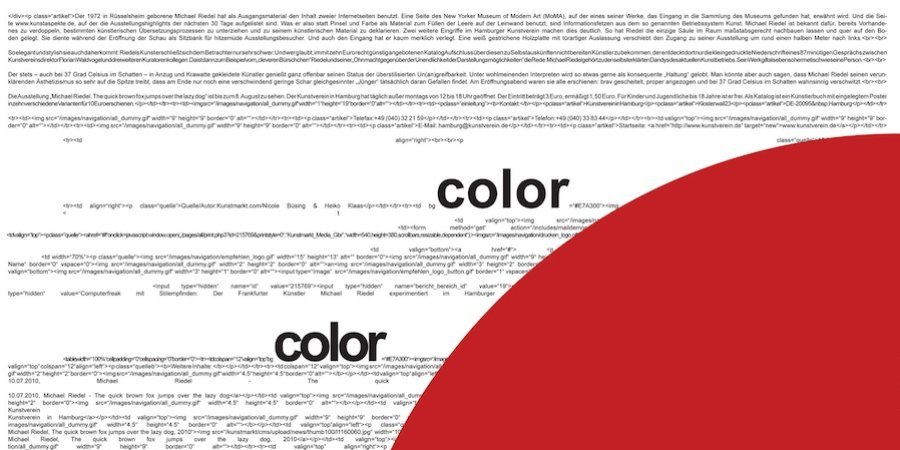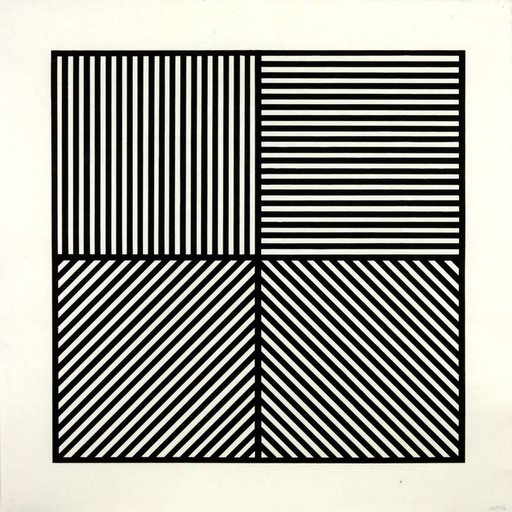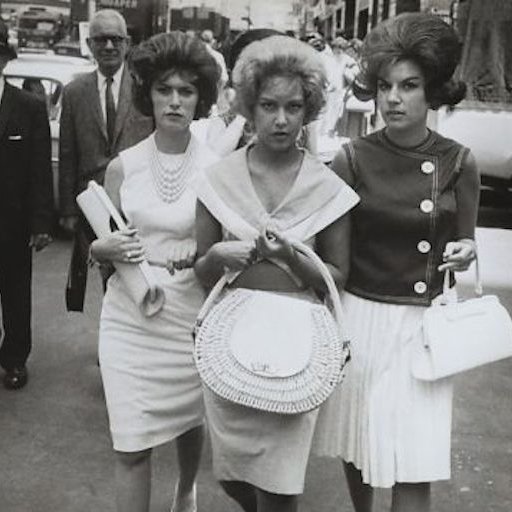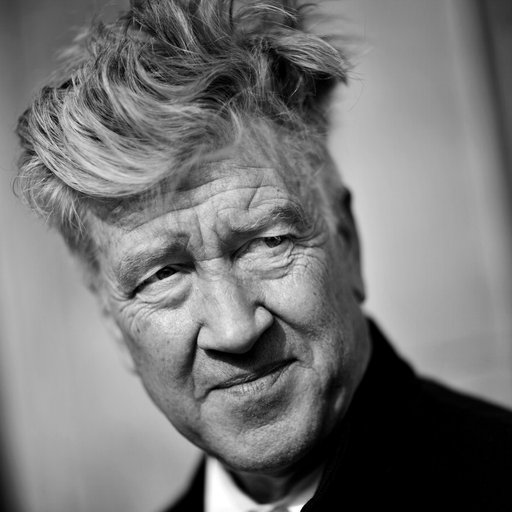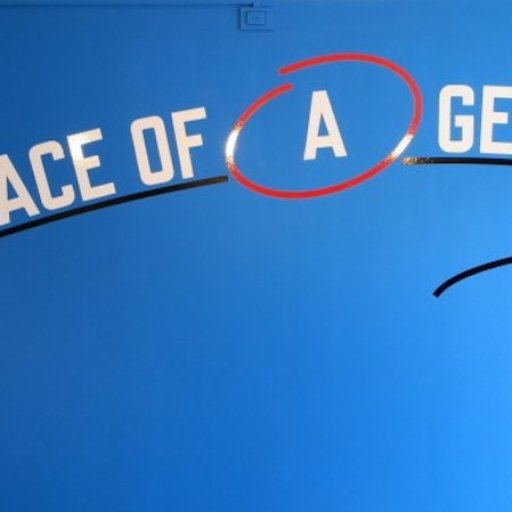In large part, the subject of Michael Riedel’s work is its own creation, and the tech-saturated contemporary moment in which it is created. Much of the young German artist’s process involves the recycling and redevelopment of his own earlier artworks. As Riedel has remarked on more than one occasion, “There’s no content being produced, because I’m in the first generation that grew up digital. We are just transferring all the time: tape, CDs, and now the clouds.” His happy repetition of that exact philosophical description of his work is part and parcel of his puckish yet highly rigorous approach to making art—which frequently strays beyond the confines of his studio.
EXPERIMENTAL FROM THE START
A copy-paste approach has pervaded Riedel’s work since he graduated from the Frankfurt Städelschule in 2000, whereupon the artist and his friends founded the experimental artist-run gallery Oskar-von-Miller Strasse 16 (their address at that time) and staged wholesale copies of local cultural events: art exhibitions, concerts, performances, film screenings, and even the clubs and galleries where these original doings took place. Oskar-von-Miller itself has been recreated twice, as it was temporarily relocated to Berlin and later transplanted to a different site in Frankfurt.
A BOLD MAGPIE
Riedel later expanded and developed his recombinatory practice significantly. For his debut New York solo exhibition at David Zwirner in 2005, Riedel presented installation photographs of paintings by the German painter Neo Rauch as exhibited at the same gallery earlier that year. But the ersatz paintings were rendered in grayscale and further clipped, reorganized, and collaged. The result looked like a glitchy digital Rauch website spread throughout the space as real-life wallpaper. In the process, the Cold War trauma at the heart of Rauch’s work was surreally transposed into a world much more invested with the issue of how Rauch’s images are rendered, represented, and consumed.
FOLLOWING IN DUCHAMP’S FOOTSTEPS
Much of the groundwork for Riedel’s approach was established decades earlier. Duchamp’s appropriation of common commercial objects as “readymades” a century prior was the first step; 50 years after that, the recognition by artists like Andy Warhol and such theorists as Guy Debord that images were consumable products in and of themselves was the next key step. Now the easy online availability of nearly all past cultural contributions and the facility of their immediate distribution—their ability to be cut, pasted, copied, given new and strange cultural meanings and dimensions—has created a novel frontier for artists like Riedel to territorialize, and new tools with which to explore. But Riedel also revives the expressionist idea of the artist as a font of unique, individual wisdom and vision. Although translated through impersonal, computerized, Xerox-like processes, Riedel uses his own work as his primary source of invention and discovery.
ENDLESSLY MINING HIS OWN WORK
Riedel often uses mechanisms for distancing himself from his art. He appropriates descriptions of his art, written or spoken by other people, as elements of collage. He uses HTML programming code and photos of his work taken from the websites of galleries and museums where he has exhibited. Those images, recycled or altered, are the basis for his posters, promotional postcards, CDs, books, wallpaper, and paintings for later exhibitions—a process he repeats indefinitely.
USING LANGUAGE AND IMAGE INTERCHANGEABLY
Riedel’s recent works, such as his series the quick brown fox jumps over the lazy dog, incorporate text and colorful, hard-edge geometric shapes. Riedel views text and imagery as essentially the same and appears to curate the language he uses with that effect in mind. Quick brown fox… was edited from a 2010 PowerPoint lecture Riedel gave about his work. In recomposing that slideshow into a new body of work, the artist used the program’s stiff but poppy transition effects to remix the text and add colored polygons. The net effect is a kind of psychedelic rendition of corporate design and machine intelligence, as can be seen in works such as Untitled (color) light purple or Untitled (color) turquoise, both from 2013.
KEEPING ONE FOOT IN THE REAL
Riedel’s other ongoing project, radically different from his process of sampling and re-sampling his own oeuvre, is a wholly analog affair. Having taken over an abandoned building in Frankfurt in 2005, Riedel and friends have been hosting weekly Freitagsküche (“Friday Kitchen”) events. The large communal meals are open to anyone but are especially well attended by German arts luminaries—critics, young artists, curators, and collectors. This may establish further Riedel’s acute understanding of the contemporary media environment, our need to yo-yo between the small scale, subjective, private, and personal, and then up to the large scale of the globally connected, searchable, networked, and aggregated planes of information. His practice is not wholly digitized and copy-friendly, after all—he has to live and work in the world just like everybody else.











